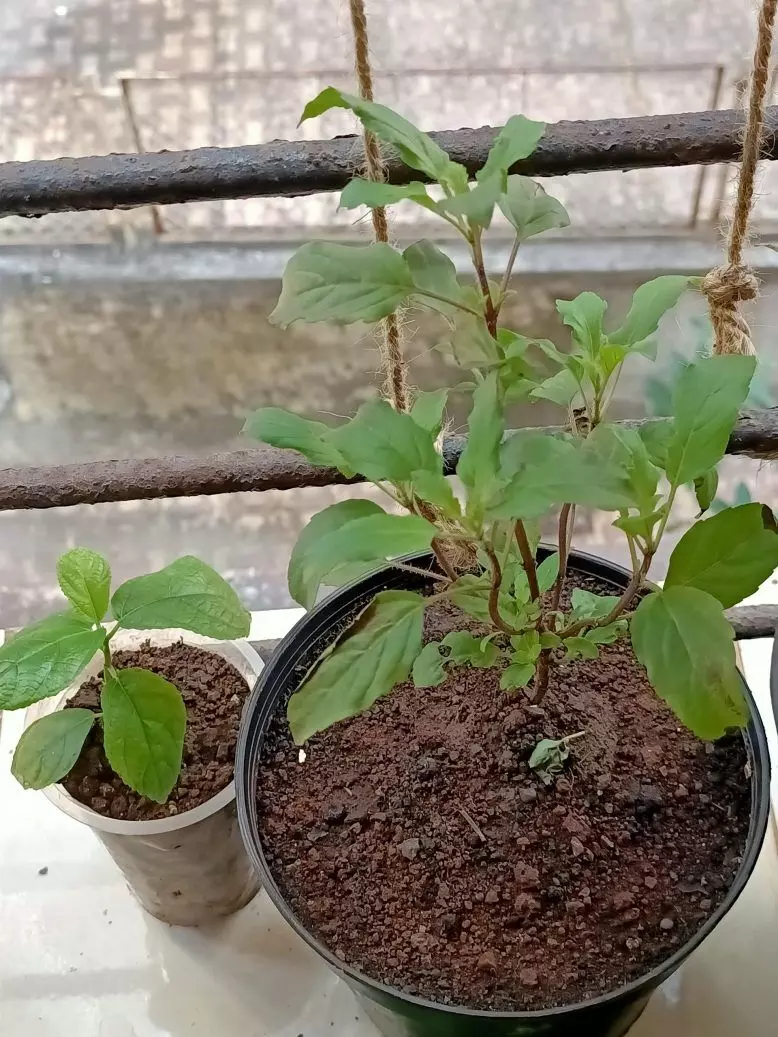TRENDING TAGS :
Inner Plant Whisperer: Easy Tips for Happy Houseplants
Not all plants are created equal. Opt for varieties known for their resilience:
Snake Plant (Sansevieria): A low-maintenance champion tolerating low light and infrequent watering.
ZZ Plant (Zamioculcas zamiifolia): Another low-light lover with glossy, deep green foliage.
Pothos (Epipremnum aureum): A fast-growing vine that thrives in various lighting conditions.
Spider Plant (Chlorophytum comosum): Produces adorable spiderettes and tolerates neglect.
Peace Lily (Spathiphyllum): Known for its air-purifying properties and droops noticeably when thirsty.
Finding the Perfect Spot
Light is crucial for plant health. Most houseplants prefer bright, indirect light. South-facing windows offer the most light, while north-facing ones receive the least. Observe how much natural light your space receives and choose plants accordingly.
Watering Wisely
Overwatering is a common houseplant killer. Here's how to find the watering sweet spot:
Stick your finger in the soil: If the top inch feels dry, it's watering time.
Observe the leaves: Drooping foliage often indicates thirst.
Consider the pot material: Terracotta pots dry out faster than glazed ceramic ones.
Remember, underwatering is generally better than overwatering. Let the soil dry slightly between waterings, and avoid leaving your plant sitting in water.
Feeding for Growth
Houseplants benefit from a balanced fertilizer during their growing season (usually spring and summer). A diluted liquid fertilizer applied once a month is sufficient for most plants.
Plant TLC: Repotting and Pruning
As your plant grows, it might need a bigger pot. Signs include roots circling the pot or the plant becoming top-heavy. Repot in a pot 1-2 inches larger when necessary.
Regular pruning encourages bushier growth and removes dead or leggy stems. Use sharp, clean pruning shears for a clean cut.
Common Houseplant Woes
Don't be discouraged by the occasional yellow leaf or brown tip. Here's how to handle some common issues:
Brown leaves: Often caused by underwatering or low humidity.
Yellowing leaves: May indicate overwatering, lack of light, or nutrient deficiency.
Pests: Inspect your plants regularly for mealybugs, spider mites, or fungus gnats. Neem oil spray is a natural solution for many common pests.



